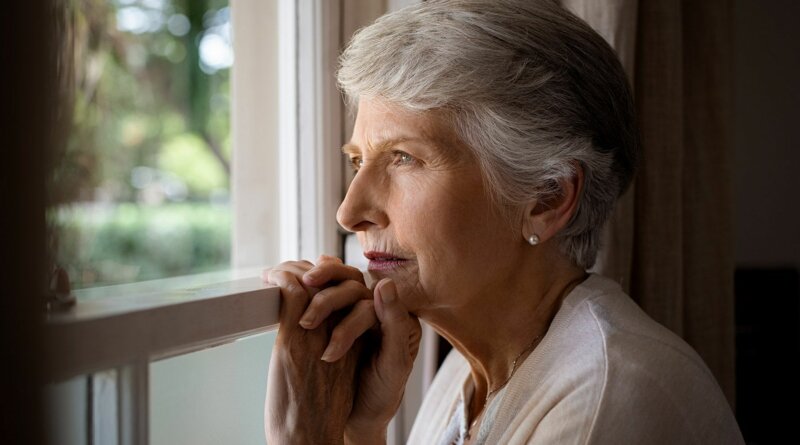Facing Diabetic Retinopathy Head-On
By Chelcie Rice, as told to Hallie Levine
I learned I had diabetic retinopathy in 2004. Unfortunately, my diagnosis came a little too late, and I lost most of the vision in my right eye. Today, when I do advocacy work, I stress how important it is to stay up to date on your eye exams. It could save your sight, literally. Here’s what I want others with diabetic retinopathy to know.
Don’t blame yourself.
When I was diagnosed, I had a lot of self-loathing. I’d noticed symptoms months earlier, when I bent over to pick something up and noticed black jellyfish-like streaks that drizzled down my left eye. I went to a local eyeglass shop for an eye exam from an optometrist, who told me I needed to see a retina specialist.
Unfortunately, I didn’t have health insurance at the time, so I put it off. Eventually, my symptoms got so bad that I had no choice. I needed a vitrectomy, which is a surgical procedure where the surgeon makes a tiny incision in your eye to drain blood from the middle of the eye and remove scar tissue that tugs on the retina. A year later, I had to have the same procedure done on my right eye, but it was too late. My retina completely detached, and I lost most of my vision.
I blamed myself, which seems ridiculous now. It wasn’t my fault that I couldn’t afford to pay for my medical care. But for those first few years after my eye surgeries, I lived in the fear of it happening again. If I lost the vision in my left eye, I’d be pretty much left blind. That stress is almost impossible to carry. You can’t live your life on pins and needles. I had to learn to push forward. One of the ways I did that was to begin taking my diabetes more seriously than I had in years past. I knew that if I got my blood sugars under better control, I would have less risk of other health complications, including loss of vision.
You can still live your life.
Thankfully, I can continue to do most day-to-day activities, with some modifications. While I can no longer read with my right eye, my vision is still good enough that I can drive and go to my day job at a credit union. My left eye is 20/20, but my right eye only has about 10% of its vision. That means when I look at something on my right, it’s very blurry, so much so that it’s like looking through a distorted mirror. There are also large patches of dark spots. I try not to put myself in positions where I have to drive at night, and when I do, I practice the route over and over during daylight hours so I know exactly where I’m going.
It took me a while to wrap my head around the fact that I have a disability and as such, am entitled to certain work-related accommodations through the Americans with Disabilities Act. I’ve been up-front with employers about my vision, and my current job has provided a great deal of modifications — for example, a large monitor for my computer so I can magnify my work.
A few months ago, I had a corneal erosion on my left eye. This is when the layer of cells on the surface of your cornea loosens. It’s very painful and can make your vision very blurry. My symptoms were always worse in the morning, so I couldn’t work for a few hours. But since it was related to my diabetes, I just filled out certain forms for my employer and it wasn’t counted against me. Don’t be afraid to ask for these accommodations. It’s your legal right to have them.
It helps to be open.
I’m a comedian, and for a long time I grappled with how much to tell my audience about both my diabetes and my diabetic retinopathy. But a few years ago, I watched another comedian who lives with cancer open up about his disease on stage. He told me later that it was my responsibility to talk about my diabetes and my vision because you never know whom you’ll reach. He’s right. After my shows, people will come up to me and tell me their personal stories as well.
It helps smooth over some awkward moments too. Like the time in the middle of my act I walked too close to the edge of the stage and almost fell off. It was only about an 8-inch drop, but when you’re almost blind in one eye, that’s really scary! I also always try to work some sort of diabetes joke into my act. I’ve even joked about my retina surgeries. It’s a way to educate people about diabetic retinopathy without them even realizing it.
Get that annual eye exam!
When you have diabetes, you have got to stay on top of all your medical care. You see your endocrinologist every 3 months, your dentist at least twice a year, and foot and eye specialists at least once a year. Otherwise, little problems can become big ones, fast.
You also need to pay close attention to what’s going on with your eyes. People with diabetic retinopathy often see dark spots, or floaters, in their field of vision. I know all of my floaters well. But if I see something new, I pay close attention. If it doesn’t leave after a couple of days, I see my eye doctor. After two surgery scares, I’m not going to take any more chances.
And remember, if you ever feel the need to beat yourself up about your vision, remind yourself: you didn’t do this, diabetes did. Every morning, I wake up, get out of bed, give myself time for my vision to clear, and take on another day. That’s all we as people with diabetes can do. We need to meet all our challenges head-on and commit to staying heathy.
Stay aware of your body — including changes with your vision — and then go out and live your best life. I’m still tossing around the idea of riding a motorcycle, for example. I’ve seen people with eye patches ride them, so why not? I might not be able to ride across the country on a Harley, but I can at least take a spin around town. Anything’s possible. Don’t let your diabetic retinopathy hold you back.




